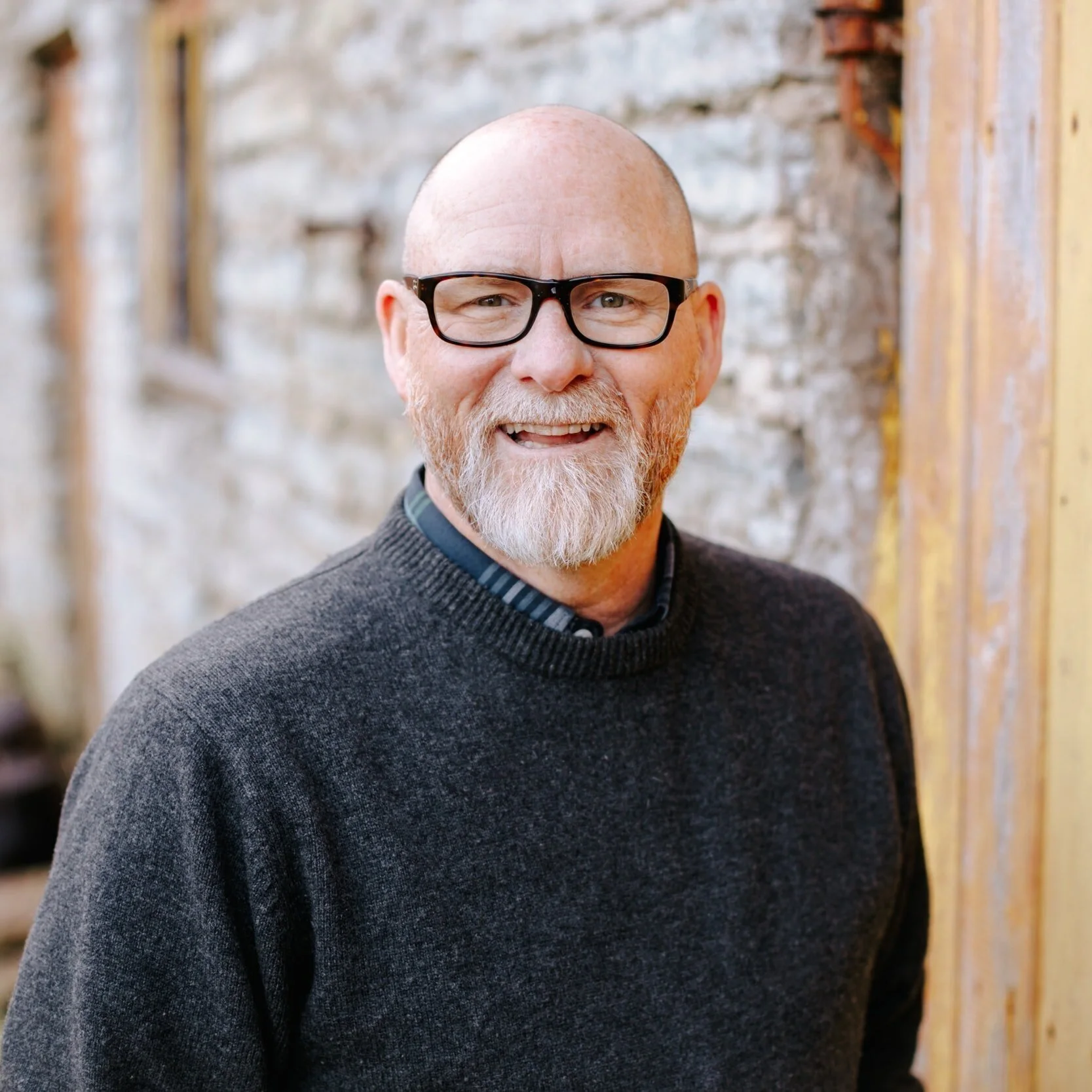
Assistance to medical examiner's office

3D reconstruction of a cranial fracture
When investigating serious violent crimes, the police and the public prosecutor's office are often faced with major challenges. On the basis of traces and circumstantial evidence, they try to determine the criminal history and track down the perpetrator. If the collected traces are later admitted as evidence depends not least on their conclusiveness and unambiguity. If homicides are considered from a medical perspective, the medical examiner's office often comes into play. This department is dedicated to the investigation and assessment of unusual deaths.
Case model of a cranial fracture
In the course of the examinations, radiological procedures are now also used in legal medicine to reveal injuries and damage hidden at first sight. This is later followed by a more detailed examination of the previously discovered traces during the postmortem examination. However, since the integrity of the body is lost in the process, these must be documented beforehand by using images and video.
As part of the investigation of a murder case, city of Halle's medical examiner's office therefore decided to collaborate with HumanX. A skull model of the victim of the murder was to be used to preserve the condition before the corpse was opened. In the later court proceedings, the model could be used to illustrate the evidence. The model was developed by the company on the basis of the CT images of the victim and produced using 3D printing technology.
"The background of the application is not as different from a preoperative training model as one might suspect," said Dr. Marcel Pfuetzner, HumanX' CTO. "Preoperative training models also reflect a special medical situation on a 1:1 basis. You can try out different approaches to finding solutions on them without having the actual human being in front of you. You are therefore independent in terms of time and space."
There was another advantage for city of Halle's medical examiner's office. The case could be preserved for the future education and training of upcoming legal medical practitioners. Since it is also a model with a digital 3D image, all participants have the opportunity to view it from any computer.
More case reports:
Augmented reality and 3D printing into liver surgery
A team led by Professor Igor Sauer, Head of Experimental Surgery at Charité, has come a great deal closer to the goal of integrating augmented reality and 3D printing into treatment.
Polytrauma after severe accident
Michael fell from a height of almost 5 meters in an accident at home. With severe internal injuries and a complicated fracture of the right hip joint and the pelvic bone, he was taken to the hospital with trauma surgery as a so-called polytrauma patient. Learn what doctors and family did for Michael's recovery.




